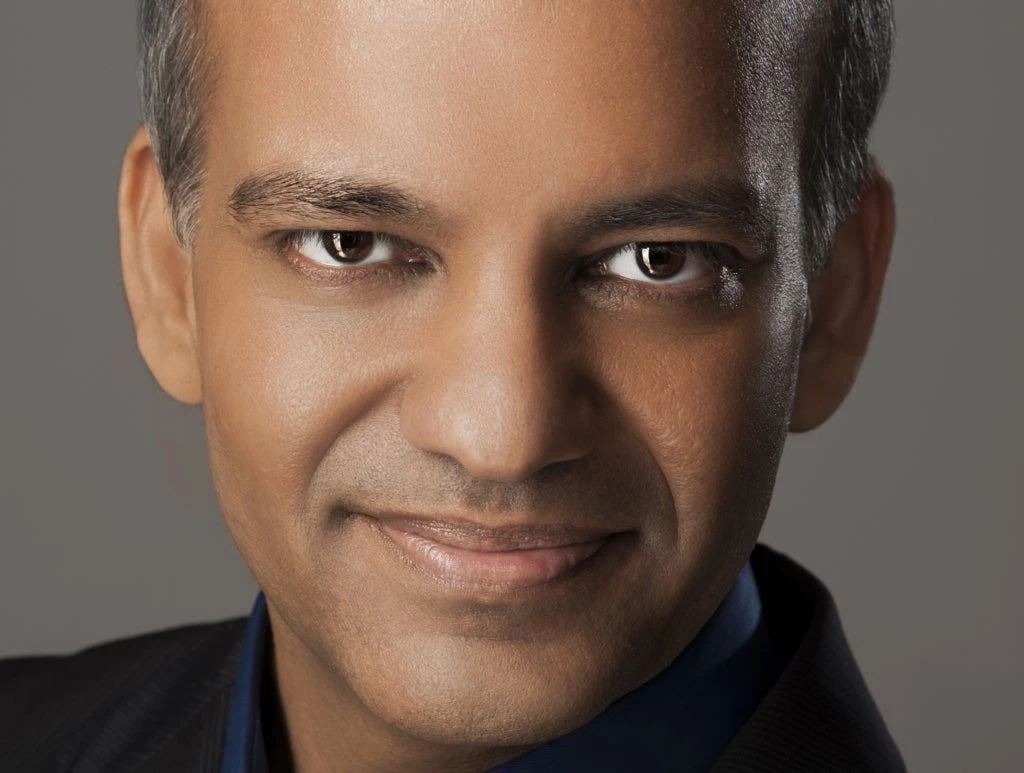 Moscow subway station
Moscow subway station
The COVID-19 pandemic has manifested itself as the worst peacetime shock to the global economy in the past century. How has Russia fared amidst this crisis? In our latest semi-annual report, we project that Russia’s economy will contract by between 6 and 9.6 percent. For comparison, the Russian economy contracted by 7.8 percent in 2009, during the global financial crisis. The shock this time came in two rounds: the first in February and March 2020, resulting from the fall in demand for Russian exports (mostly commodity-based) from the Euro Area and China, Russia’s two largest trading partners; the second round in April and May, when domestic containment measures severely restricted economic activity.
So what has Russia’s economic policy response been so far? And, what is working and what is not?
Two things stand out in terms of efficacy. First, Russia's economic policy response has been within its macro-fiscal rule framework. The main features of this framework are protecting the economy from external shocks through a floating exchange rate (which serves as a shock absorber to external shocks), an updated fiscal rule (which increases savings in Russia’s sovereign wealth fund), and a consolidated banking sector (now, more tightly regulated and supervised to prevent fly-by-night operators). This framework was adopted in the aftermath of the dual shocks of 2014-2015, which saw a steep drop in oil prices, affecting oil-exporting countries, among them Russia, coupled with the country being subject to economic sanctions.
These policies are bearing fruit. Capital outflow has been low in this crisis compared to in previous ones in 2008 and 2014, when the Central Bank unsuccessfully used significant reserves to support the ruble. Indeed, in contrast to the Central Bank having to raise its policy rate (6 times between February-December 2014), this time around the Bank was able to lower its policy rate (to a record low of 4.25 percent), in part, also helped by low demand. Russia’s sovereign wealth fund, almost depleted a few years ago, stands at about $172 billion (12.5 percent of GDP). And, though systemic issues pertaining to a large state footprint and inadequate competition remain, Russian banks entered this downcycle from a position of relative strength. The robust macro-fiscal framework has enabled the authorities to mobilize an economic support package worth 4 percent of GDP. This amount may seem small compared to advanced economies, where the figure is mostly in the double digits, but it remains at par with countries with similar GDP per capita, such as Argentina, Bulgaria, and Kazakhstan.
Second, various social protection measures announced by the Government could compensate – in principle – for the increase in crisis-induced poverty. We estimate that the crisis would increase the poverty rate from 12 percent to almost 15 percent in 2020, absent a policy response. However, an initial assessment of the policy response -- changes to child allowances, maternity capital, and social security contributions to SMEs -- finds that they can almost fully compensate for this increase in the poverty rate. One important caveat is that the poverty rate could well end up being higher if these policies have low take-up rates because of administrative or other logistical complications.
In terms of what could have been done better, two quick wins come to mind: coverage and timing. First, informal workers, who may not qualify for formal benefits, are more likely to be exposed to welfare losses. Russia’s share of informal employment in the overall work force is sizeable – between 15 and 21 percent. Providing explicit support to informal workers, as countries such as Brazil and the Philippines have done, would help.
Second, unlike in most other countries where support measures were front-loaded, these came about piecemeal in Russia – between January and June – thereby diluting the signaling and effectiveness of public support during this crucial period of the crisis. A more upfront, holistic approach would have helped.
What then is the economic outlook for Russia? Unsurprisingly, it appears rather bleak and uncertain. Even though we project a marginal recovery by 2021, GDP levels will remain below their pre-pandemic levels. And, short-term impacts could be followed by deeper impacts. For example, we estimate COVID-19-related school closures could lead to a learning loss of more than one-third of a Russian school year – higher than those estimated for OECD and EU countries.
This crisis has shown that both the timing and scope of policy decisions are critical. Fortunately for Russia, there is some fiscal space to further support relief and recovery measures. This is all the more important since we do not yet know how long this crisis will last.
There is somewhat of a silver lining. Russia’s public debt as a share of GDP is only 14 percent, compared to an average of 58 percent among other emerging markets. External debt is also low, at 29 percent of GDP, compared to 60 percent among peers. Therefore, borrowing in euros is another option. And, tapping into its national wealth fund could also provide some fiscal space in this unique crisis.
These fundamentals could well contribute to a moderate rebuilding—but as the past few months have shown, the light and the shadow are ever shifting.


Join the Conversation